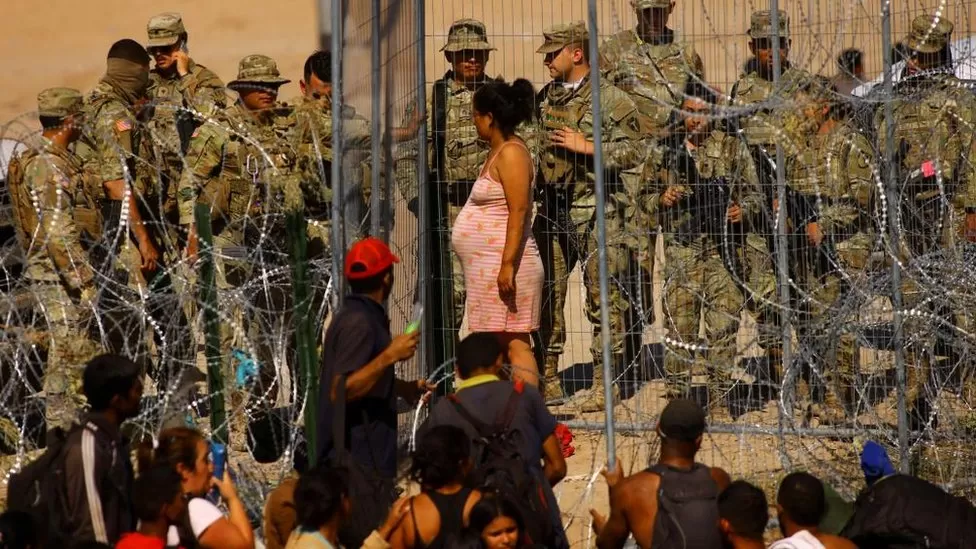The administration of US President Joe Biden is set to build a section of the border wall in southern Texas, with the aim of combating escalating immigration incidents.
Along Starr County’s border with Mexico, where officials assert an increase in the number of crossings, around 20 miles (32 kilometers) of the border wall will be erected.
Also read: Construction of South Africa and Mozambique border wall to resume
As president, Donald Trump’s trademark policy was to build a border wall, which Democrats strongly opposed. President Joe Biden pledged in 2020 that if elected, he would not construct another foot of wall.
Soon after assuming office, his administration approved a resolution that said that constructing a wall along the southern border is not a significant policy solution.
US Customs and Border Protection justified the most recent action. It claimed that it was made with funds that were initially set aside for a border barrier.
According to the statement, Congress allocated funds for the construction of the border barrier in the Rio Grande Valley for the financial year 2019. DHS needs to use those funds for its intended purpose.
The situation has become increasingly vulnerable for the president due to the increase in illegal border crossings.
Government data indicates that over 245,000 crossings were made this year in the valley of the Rio Grande alone. September is anticipated to be a record month.
Why the environmentalists are against the construction of the border wall
Environmentalists are unhappy with the decision. They claim the construction could harm the habitats of threatened plants and animals.
The barriers will be made of huge bollards embedded into a concrete base. Additionally, there will be gates, cameras, and CCTV gadgets, according to a US Customs and Border Protection strategy.
This is the first time the administration led by Biden administration has exercised the power to approve the completion of new walls. A move like this was frequently made when Mr. Trump was in office. It resulted in the construction of around 50 miles of new walls. Additionally, approximately 400 miles of barriers that already exist were upgraded.

Leave a Reply